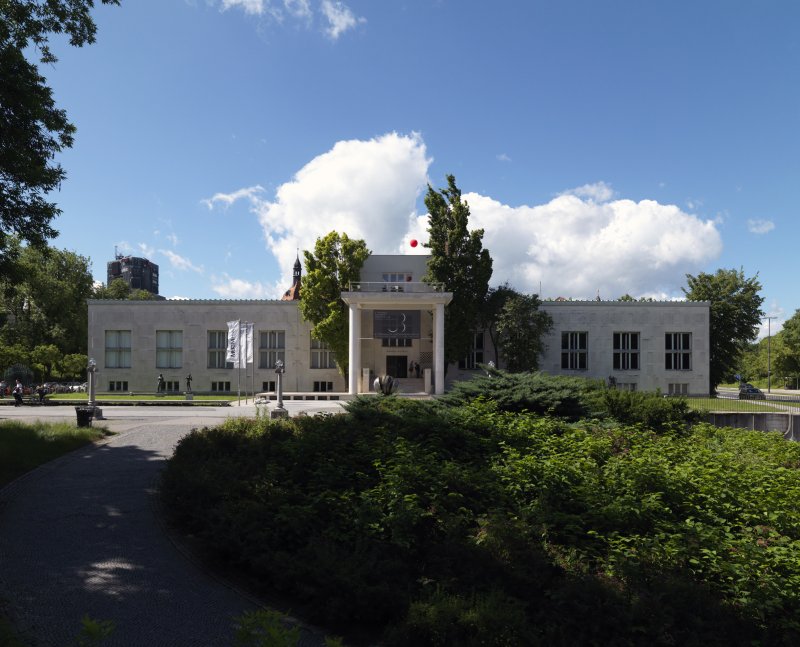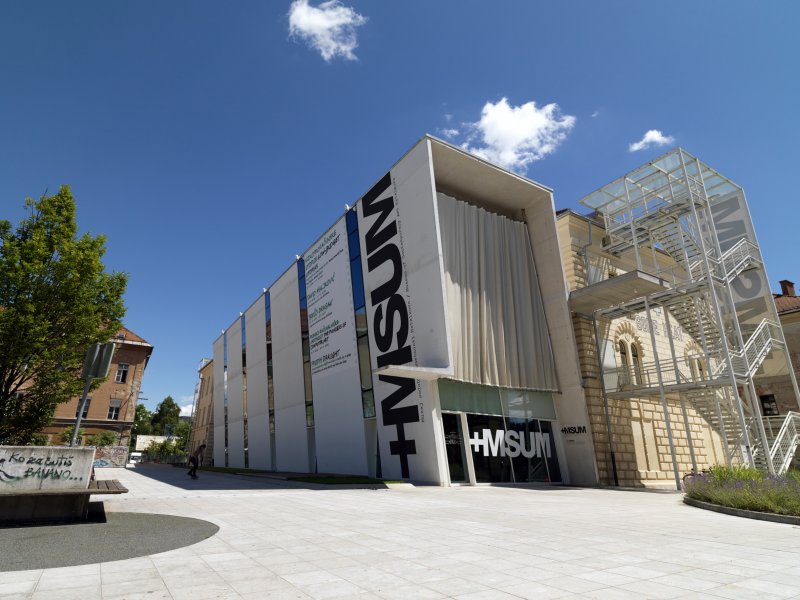
Moderna galerija/Museum of Modern Art plus Museum of Contemporary Art Metelkova

Moderna galerija MG+MSUM, as a principal national institution of modern and contemporary art, became in 1991, with Slovenia’s independence, an increasingly active link between the local and international, and in particular the Central and Eastern European, contexts. One of the results of this orientation is Arteast 2000+, a pioneering collection of Eastern European avant-garde art from 1960s to the present. Moderna galerija considers this collection as a tool to think of art in a broader context, taking into consideration its political, social and economic conditions.
The collection is not, however limited to Eastern European artists, but includes works by Western European artists, thus establishing a dialogue with the wider world. Works of Eastern European artists, including such prominent names as Marina Ambramović, Ilya & Emilia Kabakov, Mladen Stilinović, Braco Dimitrijević, the Gorgona group, and Komar & Melamid, are presented alongside other world-renowned artists such as Joseph Beuys, Jenny Holzer, Anish Kapoor and Lawrence Weiner. Since 2011 Moderna galerija (MG+MSUM) has been operating in two venues, the Museum of Modern Art (MG+) and the Museum of Contemporary Art Metelkova (+MSUM). The latter is a renovated former Yugoslav army barracks, and its content aims to articulate contemporaneity as a particular condition of art, its institutions and social circumstances.

The Moderna galerija’s exhibitions and public programmes aim to establish a dialogue not only with the audiences within the museum’s two venues, but also with their neighbours, local groups, new social movements, individuals and collectives. In the past fifteen years Moderna galerija has been practicing different collaborations and gained lots of experience working with under-represented groups, including communities. For example, in 2008-09 it organized a series of events titled “Spaces in Becoming”, working together with the activists and migrant workers in the Rog Social Centre, Ljubljana. The aim of this series was to bring their experiences closer to the art community. Throughout the following years Moderna galerija has developed strong relations with the Rog Social Centre, a space that has been continuously working with migrant communities in Ljubljana since 2006. Many educational projects from late 1990s on, when the Balkan war caused the first immigration flow from the ex-Yugoslav republics, especially Bosnia to Slovenia, pointed to the problems related to such movements, and were focused on using art and its tools to include non-Slovene speaking students.